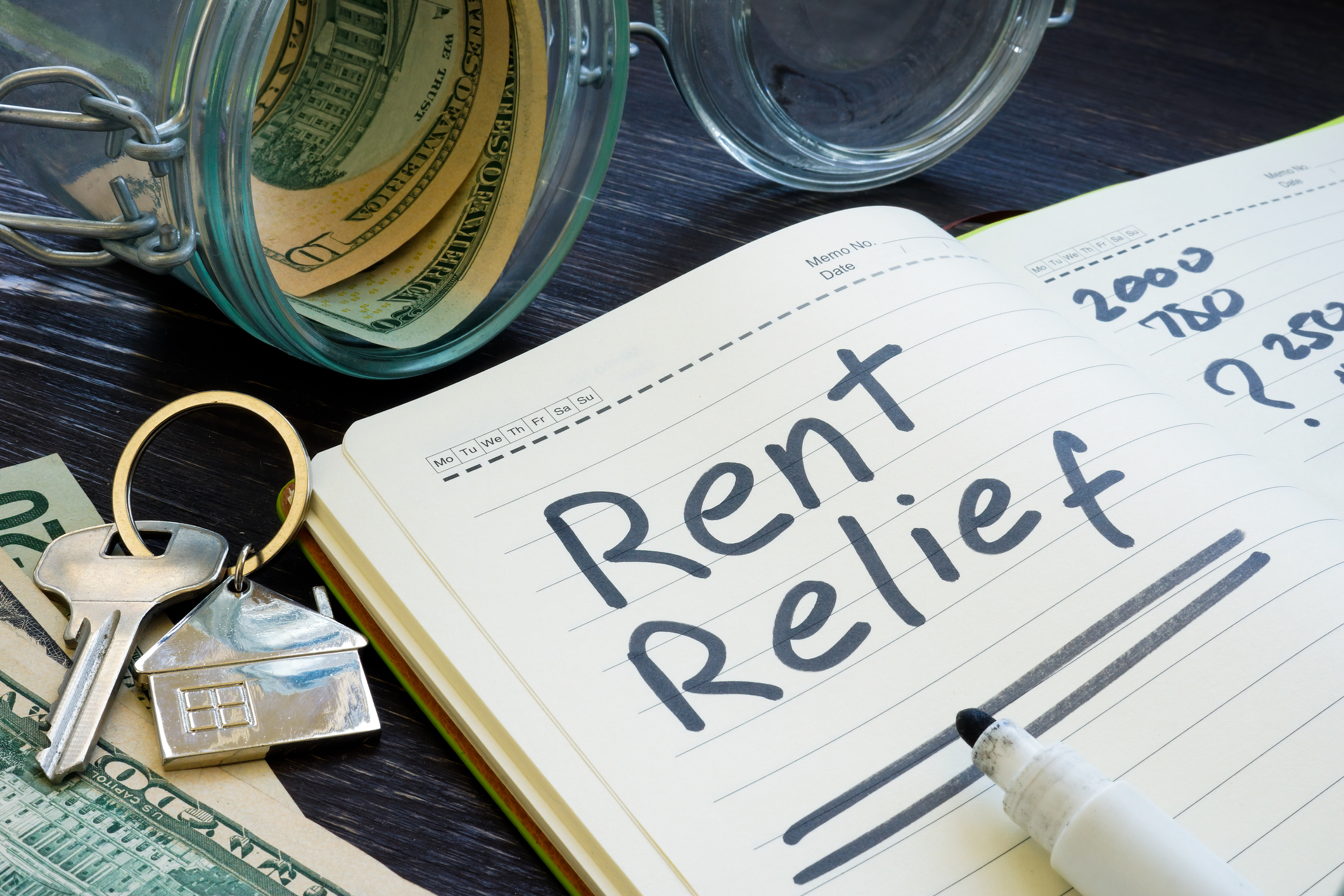By Katharine Nelson
Affordable housing is increasingly scarce within the United States, and COVID-19 has dramatically exacerbated the simmering crisis in affordable housing. In New Jersey, the risk of eviction is greater than across the country, as 393,000 households are delinquent on their rent, (22.3% of households in renter-occupied housing units in New Jersey as compared with 15.8% across the country).[1] In New Jersey, eviction pressure is faced disproportionately by residents of color, by households with children, and in urban municipalities, where more renters and more low-income households are especially vulnerable.
The New Jersey Housing Crisis in a COVID Era: Mapping Strategic Processes was a research project funded by the New Jersey State Policy Lab to explore strategic development and organizational learning in the provision of emergency rental assistance funding during the COVID-19 pandemic. This research focused on five New Jersey municipalities: Camden (Camden County), Elizabeth (Union County), Jersey City, Newark, and Trenton (Mercer County).
To respond to the eviction crisis, the federal government passed two rounds of the Emergency Rental Assistance Program (ERAP), which allocated an unprecedented $46.55 billion for emergency rent relief to state and local governments across the country in 2021. Although the ERAP program had an overlapping distribution strategy, most funding in New Jersey came at the state level. Significant supplemental resources also went to the largest cities and counties, empowering them to respond directly to local housing challenges.
Investigating the rollout of the ERAP program, our team found significant lag time initiating the ERAP program in each of the five municipalities. However, once they got their processes and web-portals streamlined, some achieved success. The local programs faced widespread administrative and capacity constraints in managing new programs of this scale. Comparatively, the state program moved more quickly to allocate funds. Notably, ERAP is not yet complete, as Camden and Mercer counties are still providing rental assistance.
Newark stood out as a success story in local emergency rent distribution. In December of 2021, the city successfully committed its entire allocation of $20 million in rent dollars and has applied for more funding because the need remains so great. Relying on consultants with specialized skills, Newark successfully overcame limitations in local administrative capacity and funds management.
Each of these programs also engaged with local nonprofits, community groups, and civic agencies to provide technical support and to assist tenants in filing applications.
In response to the ongoing challenges working with landlords, some local programs began offering direct payments to tenants, increased total assistance to entice landlords, increased support and one-on-one assistance to work with landlords, and reached out to local landlord groups.
Our most important finding may be the sheer scope of the need, which far exceeded expectations and points to the importance of more long-term rental support to meet the needs of local renters. Our research finds that if they can overcome administrative and other capacity constraints, local programs focused on rent relief and rent support can be highly effective, and local governments can be key players in addressing housing insecurity.
References:
[1] U.S. Census Bureau Household Pulse Survey, Week 42, (February 2022)

